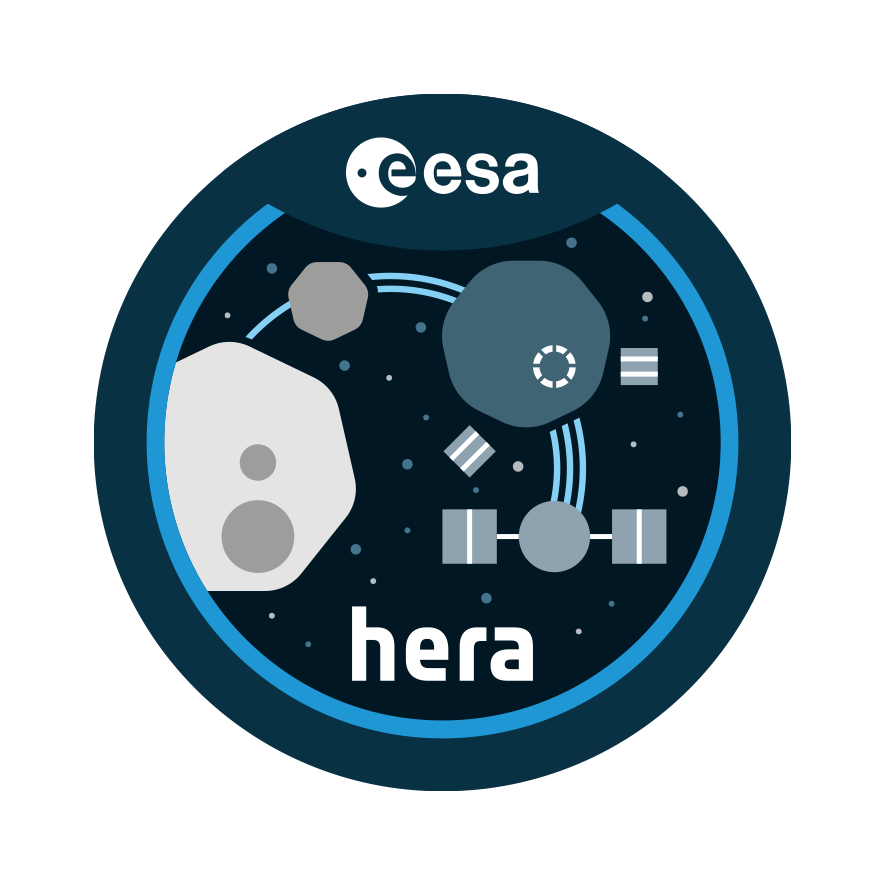
ESA
has been a pioneer in the study of space missions devoted to testing an asteroid deflection technique, starting with the study of the Don Quijotte kinetic impactor concept in the early 2000s recommended by the Near-Earth Object Mission Advisory Panel (NEOMAP). This eventually led to the existence of DART and Hera and to the Asteroid Impact and Deflection Assessment (AIDA) international collaboration. In parallel, the European Commission funded 4 consortiums since 2012 devoted to asteroid mitigation, starting with NEOShield (2012-2015), which was followed by NEOShield-2 (2015-2018) and by NEO-MAPP and NEOROCKS (2020-2023).
HERA Objectives
Deflection & Demonstration
Characterising in great detail the surface and subsurface physical and compositional properties of a small asteroid belonging to the Near-Earth Asteroid population
Measuring the mass of Dimorphos to determine the momentum transfer efficiency from DART impact
Investigating in detail the crater produced by DART to improve our understanding of the cratering process and the mechanisms by which the crater formation drives the momentum transfer efficiency
Observing subtle dynamic effects (e.g. libration imposed by the impact, orbital and spin excitation of Dimorphos) that are difficult to detect for remote observers
Characterising the surface and interior of Dimorphos to allow scaling of the momentum transfer efficiency to different asteroids.
Precise measurements of the DART impact crater provides us with the rare opportunity to study the impact process on a Solar System scale where both impact conditions and crater are accurately known. This is a crucial step to validating numerical models at actual scale, so that they can be used with more confidence for other deflection scenarios.
Simulation using the iSale impact code of an impact at 7 km/s of a PVC projectile on regolith. The left side shows the density, the right shows the pressure field/shock wave. Courtesy from Rober Luther (MFN, Berlin).



